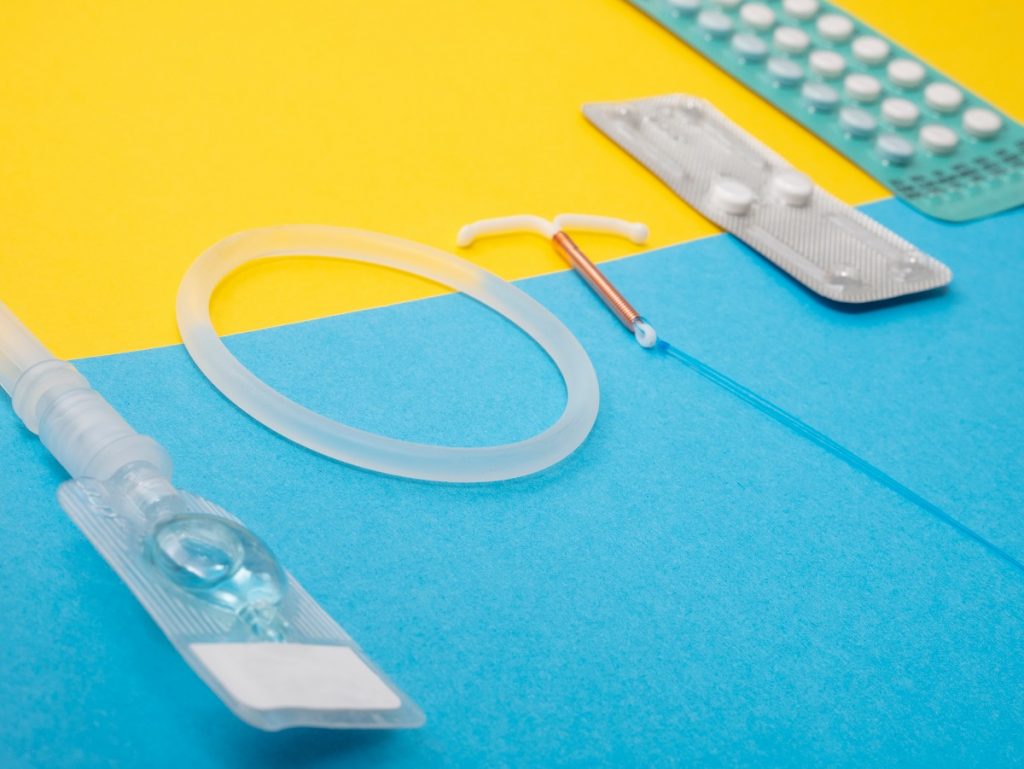Historically, there’s so much we haven’t known about the female body, specifically the menstrual cycle. Now, studies are emerging fast with new insights into our bodies: the hormones produced, what they influence (spoiler: everything from your hair to your toes) and best yet, how to use your menstrual cycle to maximise your workouts.
Your menstrual cycle and workouts
Women experience fluctuating energy levels throughout their cycle. Per one study, “About 50% and 71% of participants reported improved and reduced fitness, respectively, during specific MC (menstrual cycle) phases.” For many women, menstruation is when energy levels plummet, and studies show women consistently having lower athletic performance during this time. However, there are periods during your cycle when energy levels are particularly high. Throughout your menstrual cycle, hormones fluctuate and can alter your energy levels, cravings and more. The main hormones scientists have honed in on are progesterone and oestrogen; they’re responsible for the ins and outs of your body’s menstrual cycle, creating and releasing eggs and regulating your sexual organ’s functions.
By harnessing the knowledge of your hormones, research is showing that exercise can be adjusted to make the most of what’s happening during every phase of your cycle.
Menstruation
The hallmark for determining which stage you’re at in your cycle begins with your last period. This phase, known as menstruation, is when energy levels are generally at their lowest. It generally lasts from three to five days, although cycles vary widely from person to person and is dependant on things like stress, diet, exercise and more. During this time, the lining of the uterus is shed in the form of blood.
Here, the levels of oestrogen and progesterone are generally lowest. Because of these dropped hormone levels, you may feel tenderness in your breasts, irritability and fatigue.
Your workout: Be gentle during this time. Listen to your body: if you’re too tired to knock out a run, opt for gentle yoga or a nap.
The Late Follicular Phase
After your period, your body enters the late follicular phase. During this time, your oestrogen levels increase while your uterus lining grows to accommodate an egg that could be released (depending on whether or not you’re on hormonal birth control).
You may feel an increase in clarity and focus and experience more energy.
Your workout: Studies show that during this phase, athletes perform better doing endurance workouts like swimming, running or cycling, since oestrogen levels boost endurance. Endurance could also equate to longer weight-lifting sessions, or any other prolonged physical activity.
Ovulation
Next, ovulation occurs, lasting from three to five days, which is when an egg is released and awaits fertilisation by sperm. During this time, oestrogen levels spike so that luteinizing hormone can be produced, causing the release of the egg. Testosterone levels are also high during this time.
You may feel an increased sex drive
Your workout: Here, you can continue your hot streak of exercise and can even up the ante by going harder in your workouts, thanks to higher testosterone levels.
Luteal Phase
Finally, there is the luteal phase, lasting about two to three days. During this time, lasting around 12 to 14 days, your body produces progesterone to support a fertilised egg. If there is no pregnancy, your progesterone levels will peak and then drop. Your energy levels will be higher and then drop as your body prepares for menstruation once again.
Your workout: Studies have found that in the luteal phase, athletes performed better and had lower fatigue. Specifically, studies have found anaerobic exercise output to be higher in this phase: think HIIT workouts with tons of high-energy moves for short periods of time, like burpees, box jumps and short but hard skipping intervals. This may change as your body preps for your period, when energy levels drop. Here, opt for more soothing workouts like yoga, swimming or something that feels good to you.
It’s important to note that everybody is different and responds to their hormonal changes in different ways. You may feel more tired in the luteal phase and instead opt for hot yoga instead of a HIIT workout. Listen to your body and adjust accordingly.

